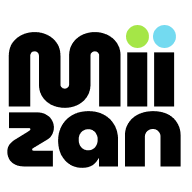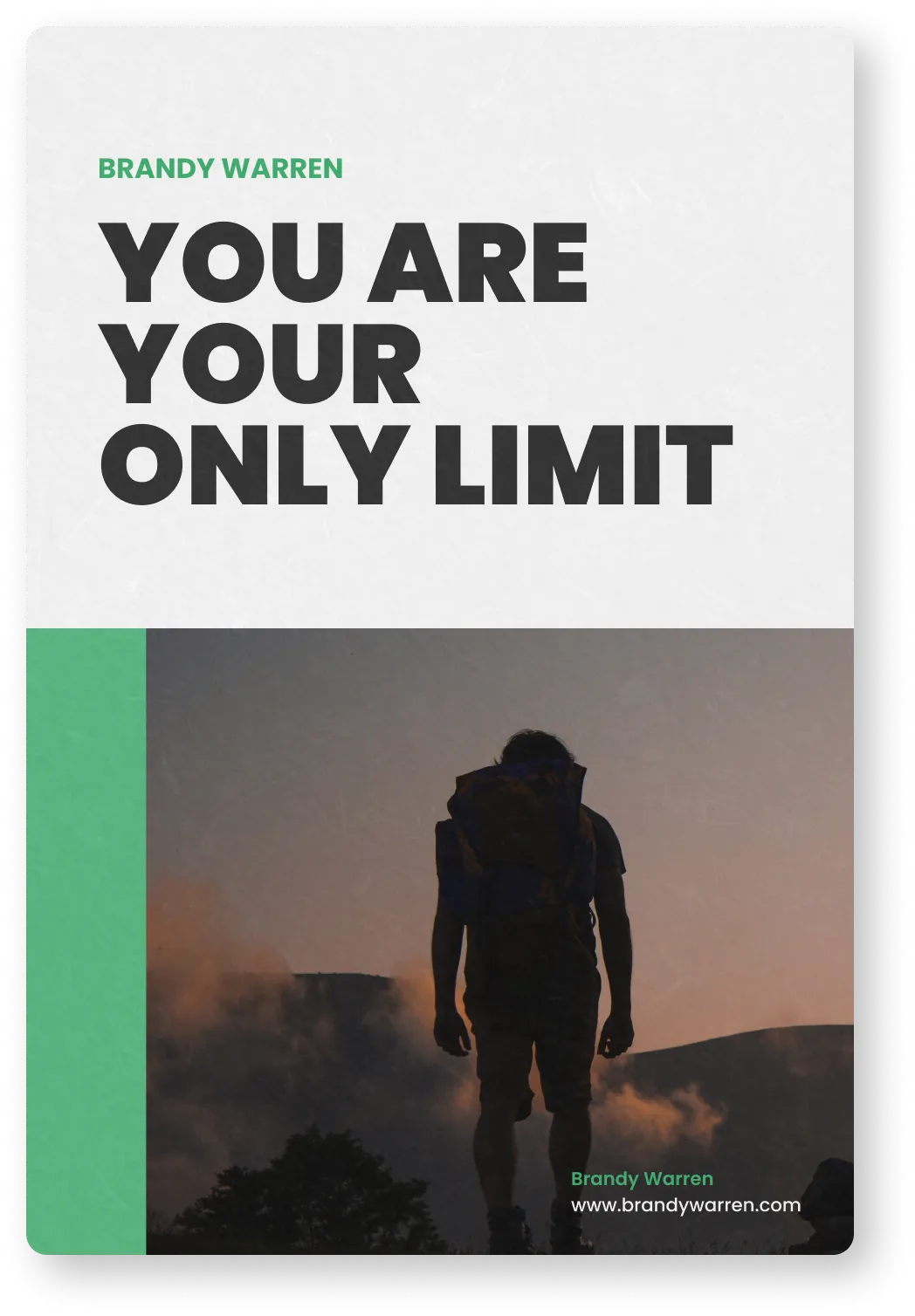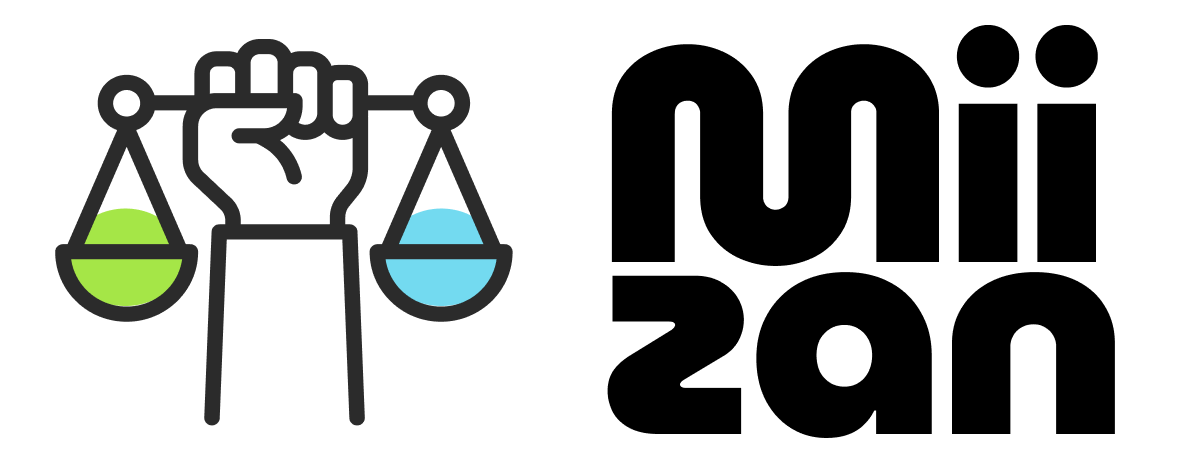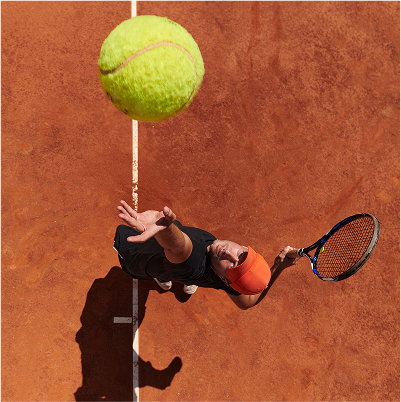
From Distraction to Presence: The Hidden Architecture of Balance
You're reading this with three tabs open. A notification just lit up your phone. Somewhere in the back of your mind, an unfinished task is humming. This is the texture of modern attention; fractured, borrowed, never fully yours.
We're told to "just cut distractions," but that advice misses something crucial: distraction isn't the disease. It's the symptom. The real art of balance begins somewhere quieter and more practical, by understanding the hidden architecture of where our attention actually goes.
Drying the Source of Distraction
Think of distraction like water seeping into a basement. You can't bail it out faster than it flows in. But you can find the source and slowly turn down the valve.
This isn't about cold-turkey digital detoxes or monastic discipline. It's about incremental reduction—closing one small tap at a time until the flood becomes a trickle you can actually manage.
Start with one:
Phone-free meals: Leave the phone in another room and simply taste, smell, and be there.
Notification pruning: Keep only truly essential alerts (calls, calendar).
Batch responses: Check messages or social once or twice a day instead of grazing constantly.
A friend recently told me she started leaving her phone in the kitchen during dinner. The first night felt strange—almost naked. By the third night, she noticed her son's new habit of pausing mid-sentence to think. By week two, dinnertime had become the most connected hour of her day. She didn't add anything. She just removed the thing that was taking up space.
These aren't radical moves. They're small acts of reclamation. Research shows that divided attention degrades memory and learning¹, and multitasking costs more than most of us realize. But here's the good news: once concentration deepens even slightly, it acts as a shield against irrelevant noise².
You're not eliminating distraction. You're drying its power over you, drop by drop.
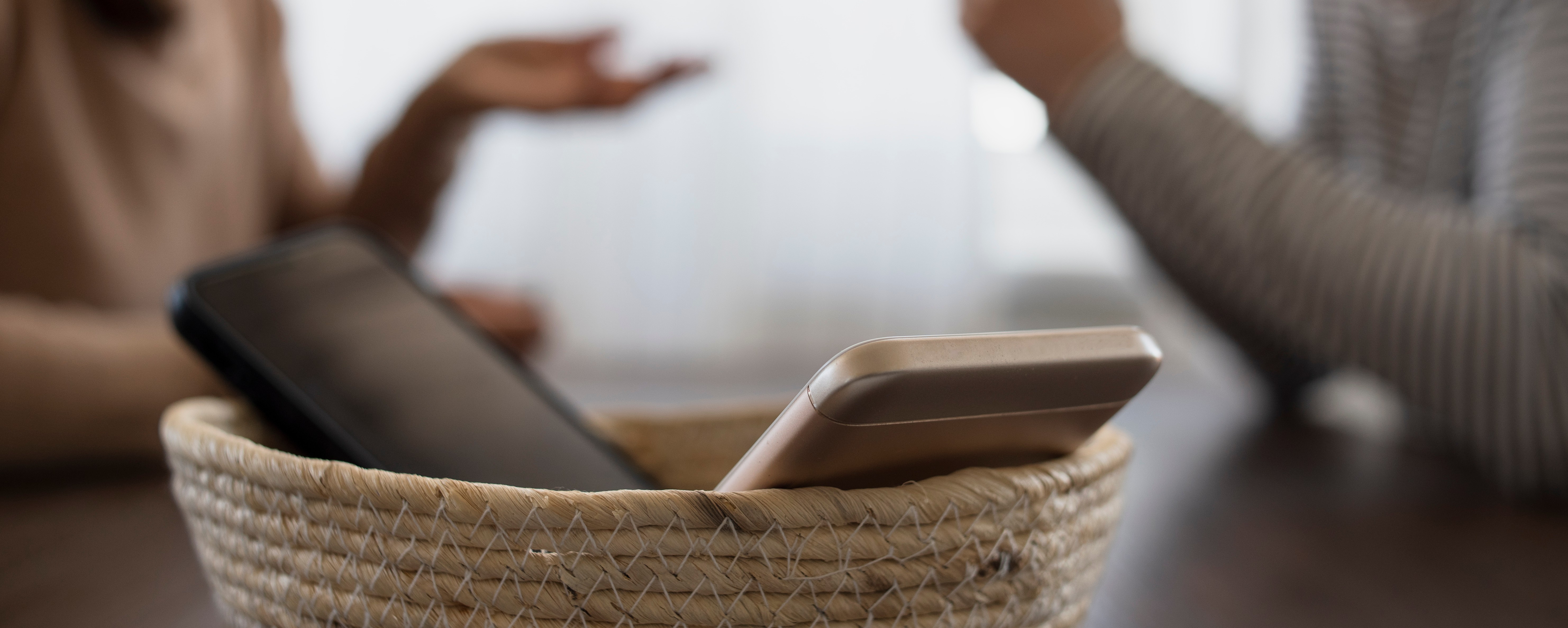
Gather Your Focus
Once the leaks slow, attention can gather. Scattered focus feels like a dozen browser tabs draining energy in the background; unified focus is one clear window.
Ways to unify:
Theme your time: Creative mornings, admin afternoons—let your energy follow a rhythm instead of fighting it.
Align your calendar with what actually matters: Not just work deadlines, but health, relationships, and inner growth.
Track where your mood and time diverge: Patterns often surprise you.
This is where time tracking becomes transformative—not as surveillance, but as revelation. When Miizan shows you that your mood consistently drops on days when work exceeds 60% of your time, or lifts after even 20 minutes of creative activity, you're no longer guessing. You're seeing the architecture of your own balance.
When energy stops fragmenting, clarity follows. Many thinkers now argue that in an age of overload, managing attention is more powerful than merely managing time³.
Wake Up Inside Your Routines
Here's the paradox: routines can free you or sedate you. The difference isn't the routine itself—it's how awake you are inside it. Brushing your teeth can be autopilot drudgery or a 90-second anchor to the present moment. Same action, different relationship.
To stay awake inside routine:
Begin and end the day with a quick self-check: Where is my attention right now?
Insert anchor rituals: Tiny, repeatable pauses that re-awaken you—a breath before opening email, a mindful sip of water, a one-line reflection before bed.
Periodically audit habits: Do they support you or sedate you?
We spend nearly half our waking hours on "autopilot"—and happiness drops when our minds wander⁴. Presence isn't the opposite of structure; it's structure lived consciously.
Rethinking “Stillness”
“Be still” is trendy advice, but stillness can slide into numbness. True balance isn’t blank or detached; it’s awake, responsive presence.
Presence means feeling your life as it happens — noticing signals, engaging, adjusting — not disappearing into silence.
Short nature pauses can help reset attention; research shows that natural settings restore our ability to direct focus5.
Putting It Together
First, dry the leaks → less noise.
Then, unify attention → clearer priorities.
Finally, inhabit routines with presence → life lived awake, not on autopilot.
Tools like Miizan help by revealing where attention leaks, showing patterns across your time, mood, and energy, and giving gentle prompts to realign before imbalance grows.
Closing
Balance isn’t about perfection; it’s about reclaiming agency over your attention. Start small:
Dry one distraction.
Unify one part of your focus.
Bring presence into one routine.
Small shifts, repeated, build a life that feels whole — not just busy.
Reclaim your focus. Restore your balance.
Miizan shows how your time, mood, and energy flow across work, health, relationships, and inner growth — so you can live with intention, not autopilot.
References:
Middlebrooks, C. D., et al. Selectively Distracted: Divided Attention and Memory for Valuable Information. PMC
Sörqvist, P., et al. How Concentration Shields Against Distraction. PMC
Thomas, M. What Is Attention Management and Why It’s Better Than Time Management. Maura Thomas
Kaplan, R., Kaplan, S. Attention Restoration Theory (ART). Wikipedia
Features you'll love
Why life balance isn’t about equal hours—and the key metrics you should track instead.
Track more than steps and sleep: Miizan turns mood into meaningful insight.
Align your four pillars—Work, Health, Relationships, and Inner Growth—into a resilient life blueprint.
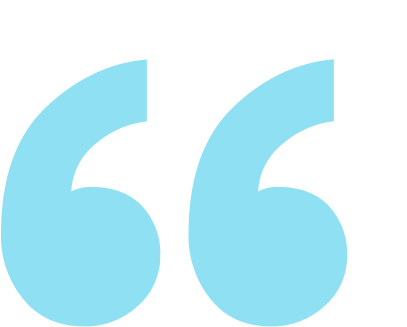
“Truth is the offspring of silence and meditation.”
Sir Isaac Newton
English polymath active as a mathematician, physicist, astronomer, alchemist, theologian, and author (1642-1727)
